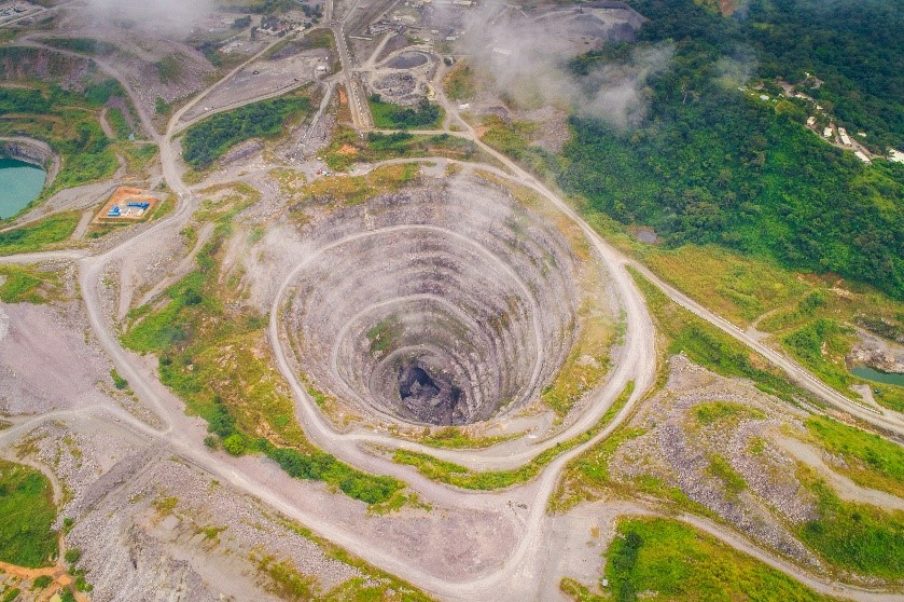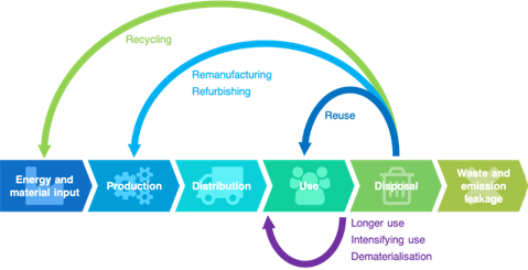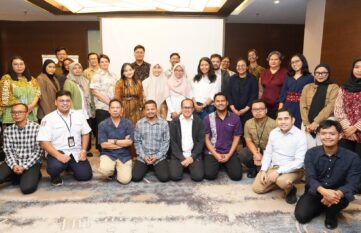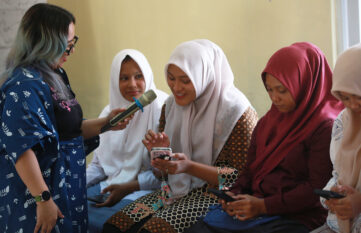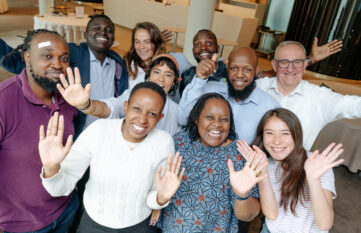Did you know that the manufacturing of a smartphone needs more than 40 minerals and metals? And manufacturing a computer needs even more than 65? But where do the raw materials come from and how green can their sourcing be?
Most of the raw materials used in our IT devices come from countries of the Global South. For example, much of the tin used in screens is extracted in Indonesia and the gold in the circuit board of your smartphone might originate in artisanal and small-scale mines in West Africa. While extraction is economically important for many of these countries, it is also often linked to risks for human rights or for the environment, including deforestation, water, soil and air pollution, or biodiversity loss. So how green and sustainable can IT equipment be? And how can the German development cooperation strengthen responsible supply chains for green IT?
Reusing and recycling
The greenest option to use extractives in IT is to reuse existing hardware. The design of a product, more concretely the product’s lifespan and its possibilities for repair and updates, determine if and how reuse is possible. Repairing instead of buying new products prevents waste and evitable sourcing of raw materials. Also refurbishing hardware is a sustainable alternative.
If reusing or refurbishing hardware is not possible, used raw materials can be added back into the circular economy by recycling the hardware
Circular economy aims to preserve the value of products, materials and resources for as long as possible by returning them to the product cycle at the end of their useful life, while minimizing waste generation. It affects all stages of resource management, such as improving resource efficiency and product design with a focus on using non-fossil or recycled materials, increasing service life, enhancing the ability to recycle and repair, and establishing new, sustainable business models, such as product sharing.
Climate-smart mining
As desirable reusing and recycling hardware is, these measures alone do not cover the demand for raw materials in the IT production. In other words, more raw materials need to be extracted to guarantee a steady supply of IT products.
While extraction is not possible without any impacts on the environment, proactive planning and the use of new technologies can limit environmental damage while compensation measures can offset it. To reduce emissions and environmental damage, we are supporting the World Bank’s Climate-Smart Mining Initiative. Climate-smart mining is an approach that promotes climate-friendly mining practices, taking into account environmental and social issues.
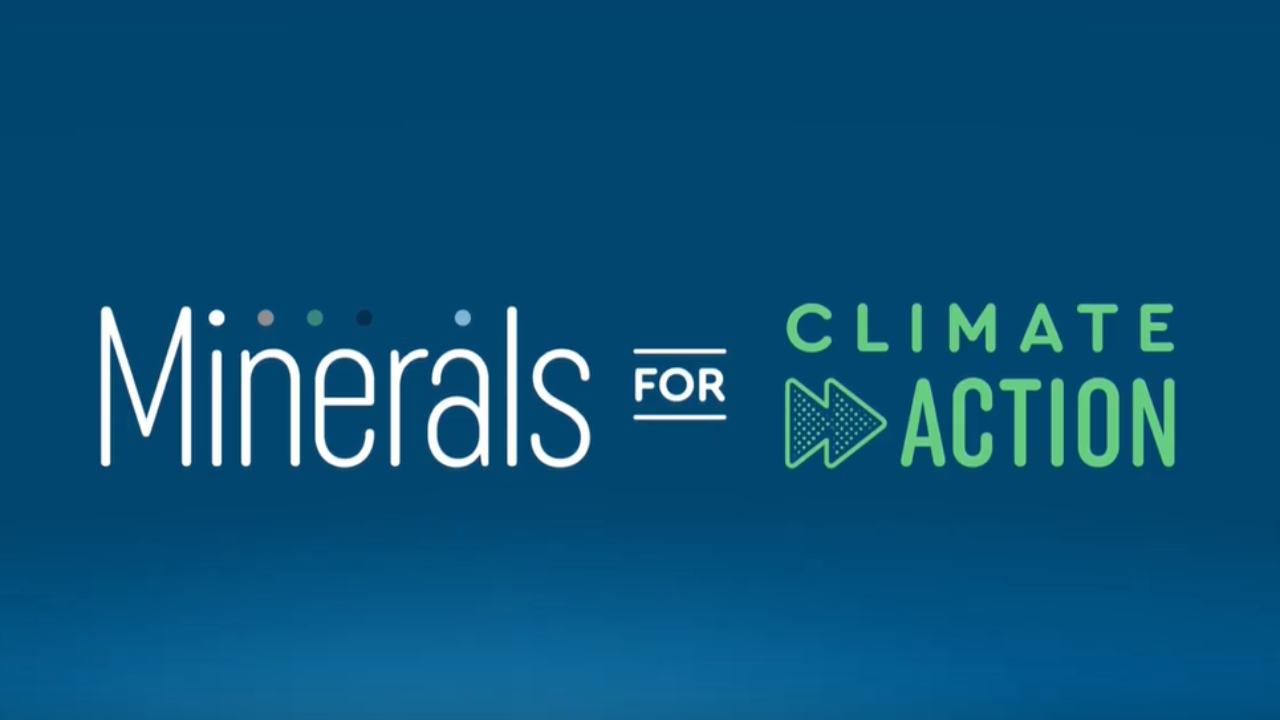
To sum up, there is no hardware without raw materials, but the extractive sector is quite complex and harbors potential ecological and social risks. Stakeholders need to address these risks to make sure that “green IT” is based on “green” raw materials.
We thank the Sector Programme Extractives and Development for this contribution.
